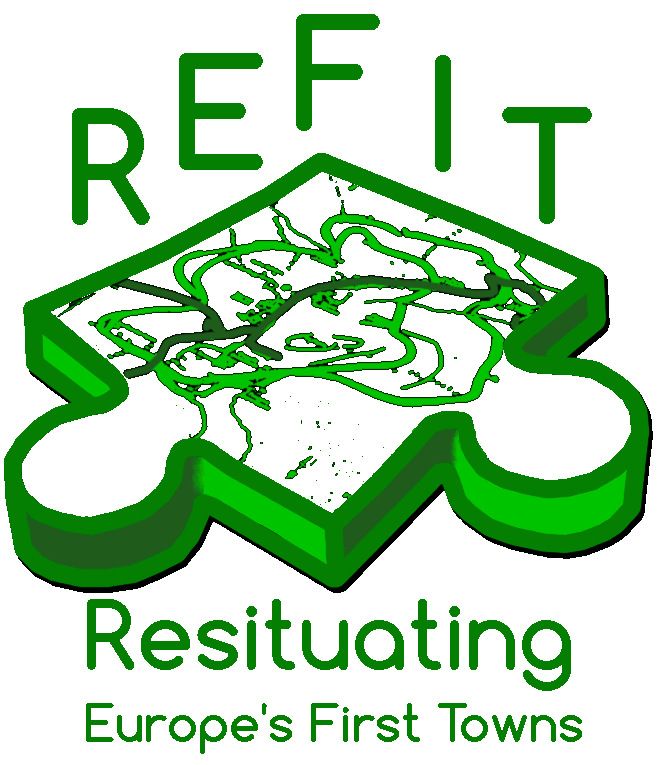
Case study landscapes:
Three countries; four oppida
The focus of the project is on four different oppida landscapes across Europe: Bibracte in France; Bagendon and Salmonsbury in the UK and Ulaca in Spain. These examples of oppida represent both the variety of the Iron Age phenomenon and the varied ways in which these sites and landscapes are researched, understood and managed today. With ongoing archaeological research on all four sites (by members of the REFIT team), these provide excellent examples of where archaeologists are already attempting to engage, to a greater or lesser degree, with other stakeholders. Our core project partners also have direct long-term involvements in these case study landscapes ensuring they can transfer their experience and expertise of working and managing them. The diversity in our chosen case studies is deliberate, allowing the project to examine different levels of awareness, approaches and expectations of cultural landscapes as we seek novel methods to enhance the ways in which they are managed and engaged with.

Bibracte - cows grazing in winter

Bagendon - excavations, summer 2015

Salmonsbury - the Windrush winding through the site

Ulaca - Iron Age domestic building remains
